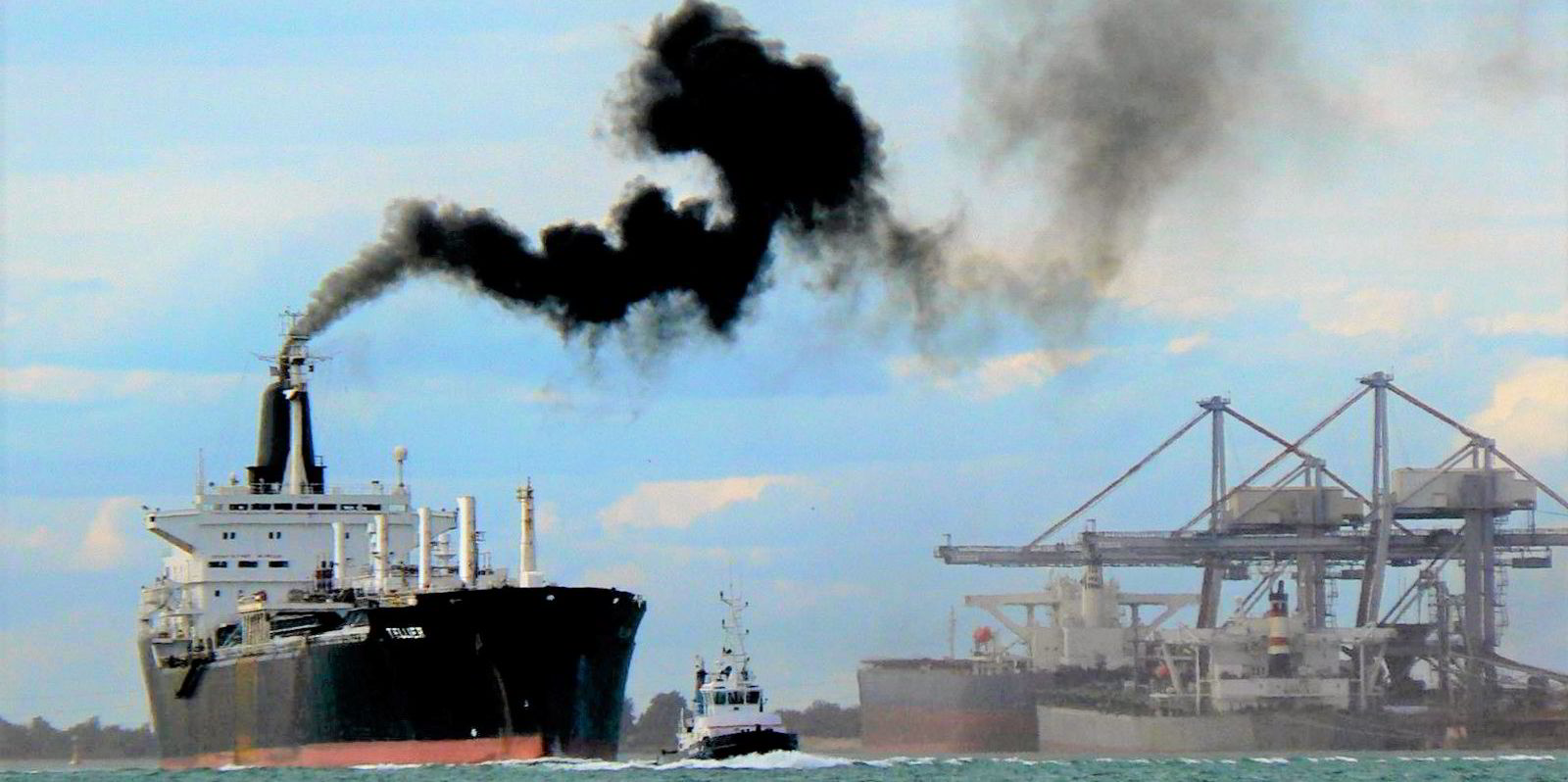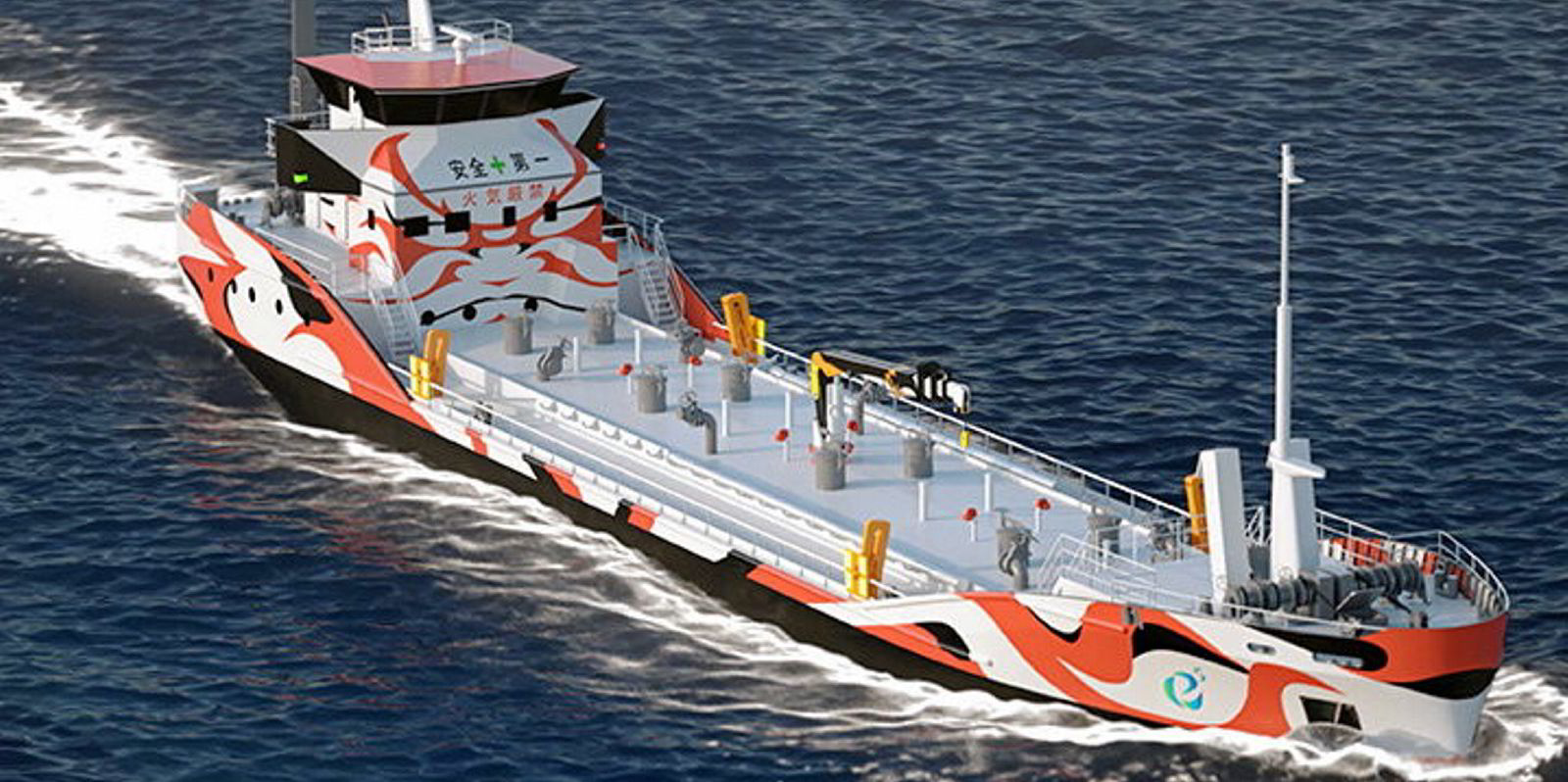Tankers and bulkers over 12 years old will have to improve fuel efficiency by up to 20% to comply with new efficiency standards for existing ships, according to the Japanese government.
The Energy Efficiency Existing Ship Index (EEXI), agreed by the International Maritime Organization last week, is set to enter into force from 2023 and require existing ships to match the fuel efficiency of newbuildings.
In announcing the new rules, Japan’s Ministry of Land, Infrastructure, Transport and Tourism detailed the mandatory improvements in energy efficiency required, based on ships built between 1999 and 2008.
Critical period
This is a critical period for the regulation, because it comes before shipping’s eco-ship boom and the Energy Efficiency Design Index for newbuildings, both of which improved the fuel efficiency of ships.
According to the figures, bulkers and tankers now over 12 years old and between 20,000 dwt and 200,000 dwt will have to improve fuel efficiency by 20% and by 15% for ships over 200,000 dwt.
However, the largest improvements may have to be made in the containership sector, where ships in the 40,000-dwt to 80,000-dwt range will be required to improve efficiency by up to 30%.
Exceptions have been made
Exceptions have been made for ferries and ro-ro ships, which have limited scope to improve efficiency. Ships in this sector will only be required to improve efficiency by up to 5%.
The UK Chamber of Shipping’s director of policy, Peter Aylott, said the regulation would play an important part in improving shipping’s environmental performance until a new alternative fuels technology is ready.

He told TradeWinds: “We are going to squeeze the energy efficiency out of the existing fleet that we have now and then move on to a new age.”
Ships that fall short of EEXI standards will be required to adopt engine power restriction to meet the EEXI requirements or use other efficiency measures.
One outcome is that many shipowners will find the cost of economic upgrades too expensive or will be forced out of the market because they will have to operate at lower speeds.
The consequence could be that the scrapping of the older tonnage is accelerated.
Tanker market will be impacted
Brokers pointed out that generally the tanker fleet is likely to be more impacted by the regulation than the dry bulk fleet because it has an older age profile.
According to broker Clarksons, 30% of the tanker fleet is between 10 and 14 years old and 19% between 15 and 19 years old. That compares with 22% of the dry bulk fleet that is between 10 and 14 years old and 10% between 15 and 19 years old.
Although the potential fuel efficiency upgrades are higher for older containerships, many were fitted with highly efficient hull forms for slow steaming following the economic crisis of 2008 and already meet the IMO requirements.
Some pundits suggest the impact on the lifespan of vessels might be limited. They cited previous environmental regulations, such as the Ballast Water Management Convention, that also brought operational changes and investment but did little to hasten the demise of the older fleet.







